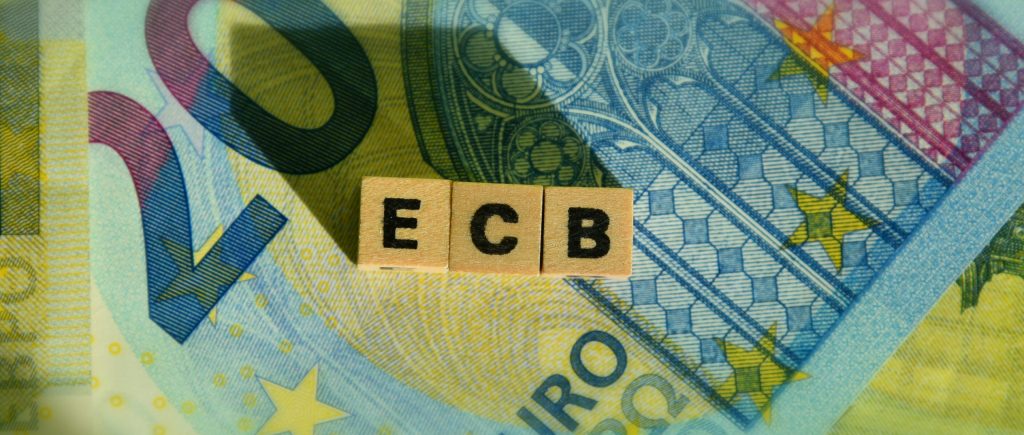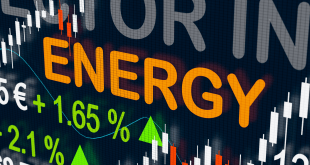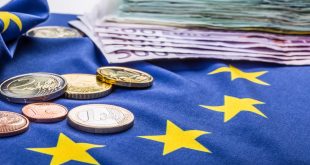The currency market is currently being reshaped by a palpable policy divergence between two of the world’s most powerful central banks, pushing the Euro-to-Dollar exchange rate to a three-month low. The Federal Reserve’s recent interest rate cut, delivered with a surprisingly cautious and firm outlook, has injected renewed vigor into the US Dollar Index, which is on track for its second consecutive monthly gain. The key takeaway from this dynamic is that the relative strength of economic outlooks, more than the absolute level of interest rates, is what truly drives currency valuations.
The Power of a Hawkish Retreat
The Federal Reserve’s decision to lower the federal funds rate to a range of 3.75% – 4.00%—a move that was broadly anticipated—was far from dovish. Instead, the central bank executed a “hawkish cut,” managing to ease policy while simultaneously tightening market expectations for the future.Federal Reserve Chair Jerome Powell’s accompanying guidance proved critical, suggesting a December rate cut is “far from a foregone move.”
This cautious tone, backed by officials like Cleveland Fed President Beth M. Hammack who noted a preference for holding rates steady, signaled that the Fed is not on a pre-set easing path. It suggests the US economy and its labor market remain resilient enough to prevent a swift, aggressive rate-cutting cycle. This higher-for-longer expectation for US interest rates, relative to initial market bets, has proven to be an irresistible magnet for the Dollar.
The ECB’s Stand-Pat StrategyThe contrasting action from the European Central Bank (ECB) has amplified the USD slide. The ECB kept its interest rates unchanged for the third straight meeting, adopting a steady, data-dependent stance. President Christine Lagarde and the Governing Council have maintained a neutral posture, citing that Eurozone inflation is hovering near their 2% medium-term target and that the economy continues to show resilience despite global headwinds.
In an environment where the Fed is at least talking tough despite cutting rates, the ECB’s inaction translates to a relative weakening of the Euro’s fundamental support. While the Eurozone’s third-quarter GDP growth of 0.2% exceeded minimal forecasts, the overall economic momentum still lags behind the robustness seen in the US.
This growing economic and policy gap—with the US economy outpacing the Eurozone and the Fed signaling a slower pace of future cuts than previously priced in—is the engine behind the Dollar’s rally.
The True Cost of Policy DivergenceThe immediate market action, with the EUR/USD pair descending toward 1.1500, is a clear reflection of this widening policy differential. The lesson here is that in foreign exchange markets, it is the difference in the trajectory and conviction of central bank policy that matters most.
When the US central bank manages to cut rates but remains hawkish on its forward guidance, it successfully prunes extreme rate-cut expectations, thereby boosting the currency’s yield advantage over its less-convicted peers.The DXY’s ascent reflects a fundamental belief that the US will maintain a higher real rate of return for longer than the Eurozone.
This environment demands that all market participants adhere to a reasonable level of caution and commit to remaining fully informed. The current trends are deeply rooted in central bank policy language and economic data, and only a significant shift in either the Fed’s outlook or the Eurozone’s economic vitality will be enough to turn the tide. The currency market has made its choice, for now, aligning firmly with the currency backed by a more hawkish central bank and a comparatively stronger economic landscape.
 Noor Trends News, Technical Analysis, Educational Tools and Recommendations
Noor Trends News, Technical Analysis, Educational Tools and Recommendations





